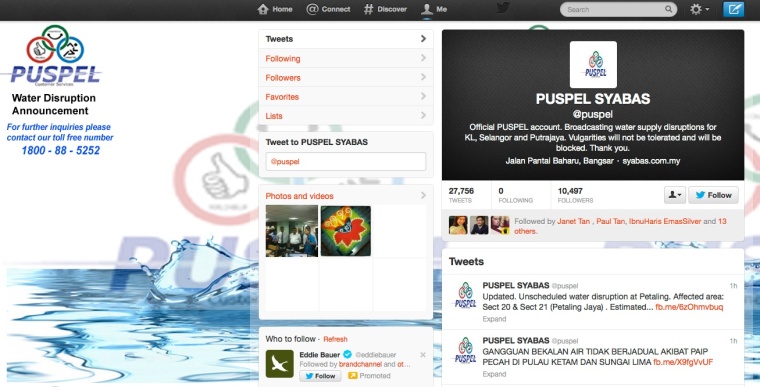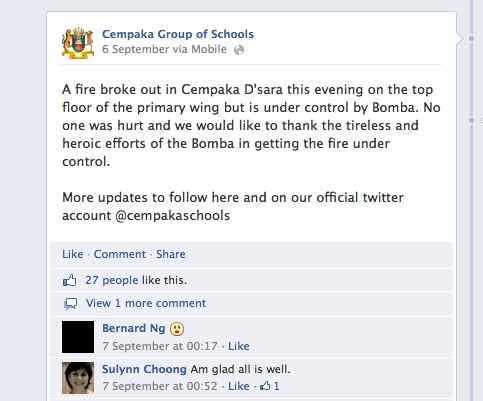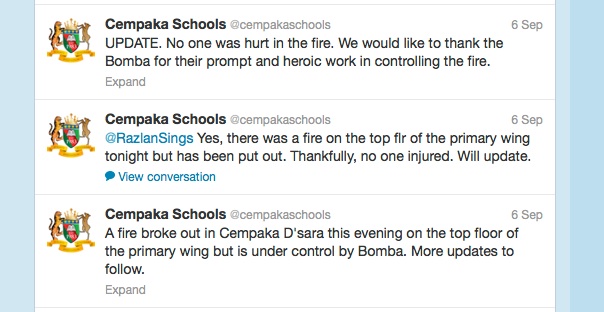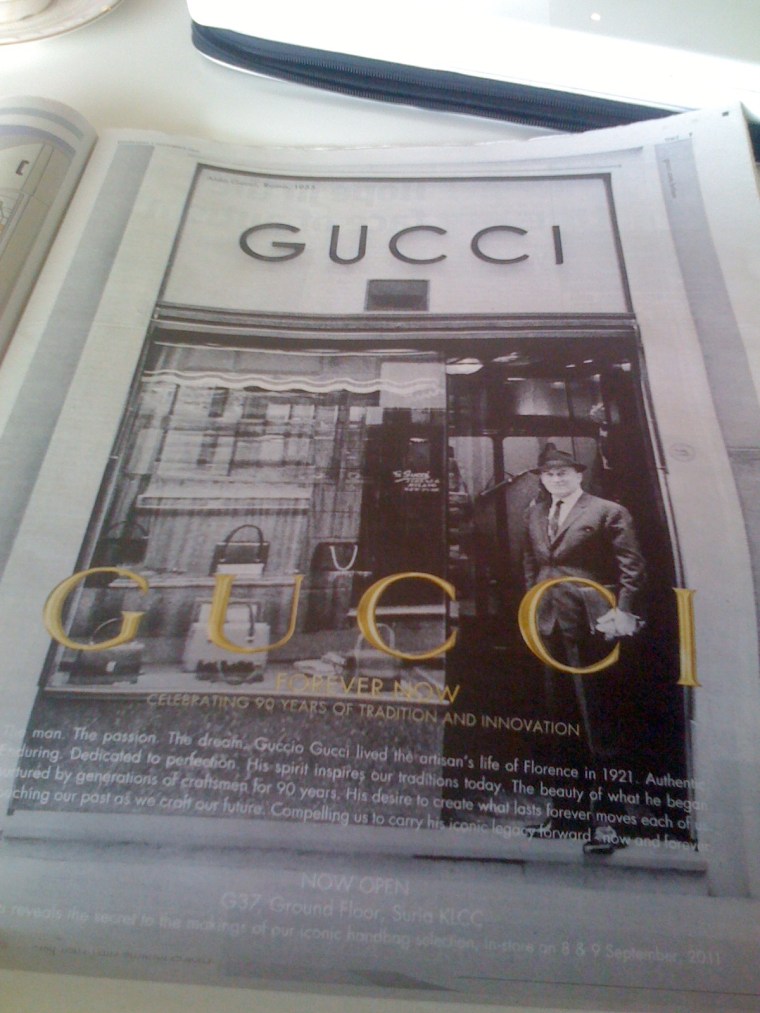Numerous papers have been written on the influence of advertising in developing countries. Most of the papers suggest that historically advertising influences consumers more in the developing world than it does in developed countries.
This probably stems from a ‘traditional suspicion towards the ‘middleman’ as opposed to a belief that manufacturing or production is more ‘honourable’ or ‘respectable’’. Malcolm Harper “Advertising in a developing economy”. The assumption being that the manufacturer’s message has an air of respectability about it whilst the sales pitch of a salesman or middleman should be viewed with suspicion.
Firms, especially Western firms spend a lot of money on advertising in Asia to convince consumers to buy their products. The problem is of course that far too many consumers have been let down by products that fail to live up to the promises made in the advertising. This is one of the reasons quoted for the advertising fatigue across Asia.
In fact many experts suggest this is also why Asian consumers are so obsessed with discount and, perversely Western luxury brands with a clear evidence of a quality heritage. Clearly, if brands want to continue to have an influence on consumers, they must be honest with those consumers.
One firm that always spends big on advertising is Proctor & Gamble (P&G). According to Ad Age P&G spends an incredible US10 billion per year globally on advertising. In the first 9 months of 2014 P&G spent US$48 million on traditional media in Thailand and often its ads are dubbed to be shown across national borders.
The ad above was shown in Malaysia but looks as if it was produced in a different language. The ad shows a family all working together to get the son through his exams. However, the dad appears to have a cold and although the mum stops his sneeze with a pillow, the voiceover tells us that germs can spread through fabrics which the wife complains are hard to wash.
Cue voice over claims that Fabreze Ambi Pur eliminates flu viruses and odours, 99.9% of germs and freshens fabric, leaving a light scent behind”. The ad closes with the son getting an A+ and the line “Odours and flu virus go, freshness stays.”
I think that based on the ad, a lot of possibly gullible consumers are going to think that by using this product they won’t have to wash big items like blankets, carpets and cushion covers.
Air fresheners and in particular Fabreze Ambi Pur are very popular in South East Asia. Get into a car in Malaysia, Singapore, Indonesia or Thailand and the chances are you’ll see a Fabreze Ambi Pur product placed in front of the air conditioning vent.
Many government offices have machines on the wall that squirt out similar products at regular intervals. And the Malaysia Ambi Pur Facebook page has 90,000 Likes and the Thailand Facebook page has nearly 160,000 Likes.
That’s an impressive following. But can Ambi Pur really eliminate flu viruses? Can it really eliminate 99.9% of germs? And what are the effects on humans of the chemicals contained in these products?
According to the sustainable baby steps website, Fabreze is a dangerous product. The site claims it contains a total of 87 chemicals, many of which are supposedly dangerous to humans. It suggests that Fabreze doesn’t clean the air but instead masks the odours with chemicals. The site goes on to provide a number of natural, inexpensive ways to keep a home smelling fresh and healthy.
Another site that claims to ‘set the standards for safe self care’ says that Fabreze contains phthalates which are ‘hormone-disrupting chemicals that have been linked with childhood asthma.’
P&G doesn’t share any of the apparently harmful ingredients in Fabreze. Oddly, the Ambi Pur ad is filed under education on Youtube.
P&G is a global brand and an influential advertiser in South East Asia. It maybe that spraying chemicals on a cushion is not harmful. Whatever it is, P&G has a responsibility to educate consumers properly, truthfully and in a transparent manner. Otherwise, it will lose its respectable tag.
















